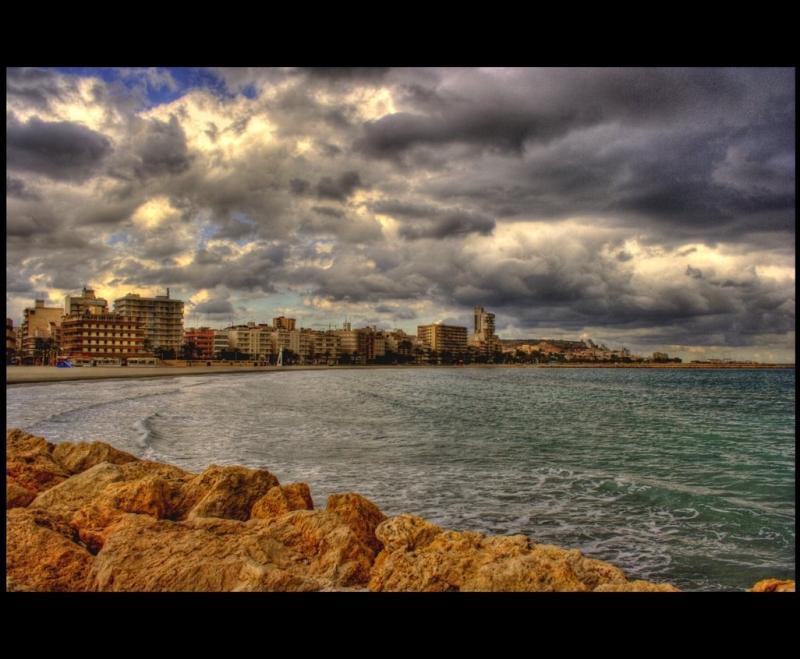Alicante, Comunidade Valenciana, Spain
Suggest Place to Visit
2376
Track to location with GPS |
 |
History [edit]
Roman archaeological remains in the Palmeral
View of the Torre de Tamarit, located in the heart of the Salinas de Santa Pola park
The first vestiges of human life in Santa Pola date back to the third millennium BC. time when its first settlers inhabited the Cave of the Spiders. The activities of these towns were limited to hunting and fishing. The influence of the Greek and Phoenician civilizations shaped the Iberian cultural features of this city. From the 1st century onwards, the port was built, the so-called Roman Portus Illicitanus, fundamental for the development of maritime trade, and which later developed giving rise to what we now know as Santa Pola. A fish salting factory and the Casa Romana del Palmeral are preserved from this period.
From the fall of the Roman Empire until the High Middle Ages, the lack of work and activity in the area, led to a great depopulation. Santa Pola became part of the Kingdom of Aragon in the 14th century. The existence of bandits and corsairs at this time led to the construction of a castle and a watchtower. During the 18th century it experienced economic and demographic growth, with the urban nucleus around the castle growing, which began to shape the current Santa Pola. In 1812, the population became independent from Elche. In 1874, King Alfonso XII granted it the rank of town, assigning it its own territory in 1944. The commercial activity of the port conditioned the great development experienced by the city in the 19th century.
Currently Santa Pola depends mainly on tourism and has an important fishing fleet.
Demography [edit]
After a strong demographic growth continued since the 1960s, Santa Pola has 30,981 inhabitants (INE 2008). Santa Pola, is with this figure, the 14th in the province of Alicante by population. 24.5% of the inhabitants registered in 2008 were of foreign nationality; 74% of foreigners come from other countries of the European Union, the predominant nationality being British. [2]
Demographic evolution of Santa Pola [3]
1857 1887 1900 1910 1920 1930 1940 1950 1960 1970 1981 1991 2000 2006 2008
Population 2,759 4,383 4,100 3,935 4,022 4,200 5,325 5,851 6,443 9,198 12,022 15,365 18,922 27,521 30,981
Economy and activity [edit]
Partial view of the port
For many years the main activities of Santa Pola have been the same as those of any Mediterranean coastal town: crafts, agriculture and, above all, fishing. The city's port and fish market have always been one of the main centers of fishing activity in the Spanish Mediterranean. In recent decades the population has undergone a spectacular reactivation. The creation of industrial land, the use of an area of the salt flats for the production of salt.
The attractiveness of the population has been a catalyst for growth, both physical and demographic in recent years, due to tourism. The population has doubled during the last decade, as well as the urbanizations that have led to an expansion of the population center.
The port, for its part, has a growing demand for berths. The Generalitat Valenciana has expanded its facilities, building new public rate moorings, thus expanding the offer of nautical tourism in this area. Its marshes are located between the fishing pier and its Nautical Club. It is divided into two parts: the fishing basin, sheltered from the eastern pier, with a length of more than 700 m. And the Nautical Club on the west pier.
Languages [edit]
Santa Pola, according to article 35 of Law 4/1983, of November 23, on the use and teaching of Valencian, is a predominantly Valencian linguistic town. In addition, and as recognized by the Spanish Constitution in its 3rd article, the Valencian is co-official together with the Spanish. The latest INE survey of linguistic uses confirms that 90% of the population knows their own language. Besides, and especially in the residential neighborhood of Greater Alicante, other languages originated by migratory processes are spoken, especially English, whose overprotection and promotion by the City Council may lead to integration problems in the future.
The Catalan dialect variety that is spoken is the Alicante sub-dialect. They stand out, as characteristic linguistic elements, the loss of the final intervocalic d (tired = / cansà /); vowel assimilation (terra = / t e 603; rr e 603; /); the use of the voiced that in the ending -ció (combinació = / combinazió /) and in the final s of words followed by vowels; native lexicon (mamola, arritranco, avixirugo); etc. The speech of Santa Pola also presents some features typical of eastern Catalan, which causes that, on many occasions, the phonetic of Santa Pola is closer to the speech of Tarragona or Barcelona than of those of Valencia.
The philologist and ecclesiastic Antoni Maria Alcover passed through Santa Pola in his collection of data for what would be the Catalan-Valencian-Balearic Dictionary. At that time, at the beginning of the 20th century, Santa Pola was considered the southern border of the Catalan language. In our days this statement has been rectified and the neighboring town of Guardamar is already considered the southernmost Catalan-speaking town.
The municipality of Santa Pola is located east of the province of Alicante, 19 km from the capital and 14 km from Elche in the Bajo Vinalopó region. It is a coastal municipality, with 52.8 km², a good part of which is protected by natural landscapes. The core of the population develops having the port and the castle as its center, but limited by two natural landscapes that flank it. To the west is the Salinas de Santa Pola Natural Park, and to the east are the Sierra and Cabo de Santa Pola.
The Santa Polera coastline can be divided into several sectors. From the southern border with Elche to the urban area we find a fine strip of sand, which is what separates the salt flats from the sea; in this area are the beaches of ´´El Pinet´´ and ´´La Gola´´. The urban beaches are: ´´Playa del Tamarit´´, ´´Playa Lisa´´ and ´´Gran Beach´´ west of the port; and to the East: the ´´Playa de Levante´´, ´´Calas de Santiago Bernabéu´´, (a succession of small beaches artificially separated by breakwaters), the ´´Playa del Varadero´´, which is located next to the shipyards . From then on, the entire coastline of the cape is narrow and rugged, with small coves that run under the cliff. Above this promontory there is a lighthouse for maritime navigation.
In front of the cape a few km away, is the Island of Tabarca, also called Isla Plana, belonging to the municipality of Alicante.
At the Cape of Santa Pola there is an area of urbanizations called Gran Alacant, with thousands of bungalows and several shopping and leisure areas. Gran Alacant has a population that is mostly foreign, most of them British, German and Nordic. It has supermarkets, bars, restaurants and cafes. It also has a Shopping Center called ´´GA´´ with a large parking lot and, scattered around the area, various commercial and leisure premises; in addition to various information bulletins (monthly and in various languages, most of them in English) on various topics: tourist visits, local issues, municipal information, publicity, citizen information, etc., in addition to dealing with issues related to the needs of Greater Alicante.
Santa Pola has several schools: Cervantes, Hispanidad, Ramón Cuesta, José Garnero, Vírgen de Loreto, Azorín, Joanot Martorell and Alonai (private arranged). It has two institutes, very close to each other, the IES Santa Pola and the IES Cabo del Aljub.
During 2006, it was inaugurated, near the center of town; Polamax, a shopping and leisure center with various shops, bars and restaurants, as well as seven cinemas. Almost simultaneously an underground car park was inaugurated, in the center of the town next to the fortress castle.
SANTA POLA
Bathed by the warm waters of the Mediterranean, a beautiful and protected bay hides this treasure of nature, located in the south of the province of Alicante and only 10 km away. from “El Altet” airport.
Seafaring tradition, fine sand beaches, sunsets of extreme beauty, Mediterranean climate and natural resources merge in this tourist town, Santa Pola.
Culture
Since ancient times, different cultures have left their mark on Santa Pola. The Iberians: a walled town from the 4th century BC. C., inhabited by fishermen and merchants. The Romans: a fish salting factory, warehouses, the Casa Romana del Palmeral, and a port
which was and is key in maritime trade, the Portus Illicitanus.
In the 16th century, the Castle-Fortress and the Watch Towers were built to protect the population from the Berber pirates settled on the island of Tabarca. The subsequent fortification and expulsion of the pirates from the island, in the 18th century, achieved the definitive establishment of a population center that would take the name of Santa Pola.
Nature
Throughout its 15 km. From the coast, we discover from east to west natural elements as varied as the Cape, with its Messienense reef unique in Europe, the Sierra, the beaches, the fishing and sports port and the Natural Park of Las Salinas, declared “Area of Special Importance for the Birds´´, where more than 150 different species survive throughout the year, such as the Flamenco and the Stilt.
3 miles away from the Cape is the Island of Tabarca, an island of volcanic origin, a Marine Reserve and a Protection Zone for birds, inhabited by descendants of ancient Genoese fishermen.
Surrounded by meadows of oceanic Posidonia, various marine species (purple starfish, vermetids, porcelain snails, sponges, rockfish, mollusks, crustaceans, urchins, octopuses, groupers, dorada ...) can coexist in peace and harmony.
Santa Pola El Pinet Beach
Santa Pola La Gola Beach
sports
The good weather, the promenades and the smell of the sea are more than enough attractions for jogging, hiking, biking or simply strolling along the coast.
A modern yacht club and a sheltered bay invite the visitor to windsurf, kitesurf, sail, swim or dive.
An unavoidable event since 1990, the Villa de Santa Pola Half Marathon manages to bring together more than 3,000 athletes every January, and that loyalty is transferred to other local sports events such as the Pepe Bonet Memorial Duathlon
Beaches
More than 11 kilometers of beaches offer a wide range of possibilities: to the east, small coves of fine sand and crystal clear waters; to the west, shallow beaches ideal for children and adults.
In the Cape, wild and little traveled coves.
Those that run along the promenade, consist of all the necessary services to spend unforgettable days of sun and sea: hammock rental, beach bars, restaurants, lifeguard services, footbridges ...
Blue flag beaches, certified under the ISO 9001 and 14001 quality systems, awarded for the purity of its waters and sand, accessible beaches ... in short, beaches suitable for all audiences.
Santa Pola El Pinet Beach
Santa Pola La Gola Beach
Gastronomy
Stewing: "Prepare food by subjecting it to the action of fire." This definition could be perfectly applied to any stew, but it would not be a true reflection of the gastronomic culture of Santa Pola, since in this land of sailors, cooking is more than preparing food; is to make available to diners some high quality raw materials, sautéed with olive oil, seasoned with saffron, ñoras, cloves, aromatic herbs from the Sierra, salt from its salt flats and a lot of love, to round off dishes that , due to their simplicity, they are exquisite.
The stews of this land stand out for their color, and the base of them are fish and rice. From the aperitif (salted fish, red shrimp, assorted seafood) to the rice (a banda, black, with tropezones, arrós and gatet), the stews (rap bollitori, gazpacho de grouper, lobster stew), the caldero (plate typical of Santa Pola) and the desserts (puff pastry, ice cream, mantecados), nothing will leave anyone who eats in Santa Pola indifferent.
Parties
Ancestral traditions and customs come together throughout the year to dress the population up. From September 1 to 8, the Patron Saint Festivities in honor of the "Mare de Deu de Loreto" and the Moors and Christians festivities delight residents and tourists: fireworks, multicolored parades, floral offerings and processions are worthy to be followed very closely and allow the people of this fishing village to relax after a busy summer.
On December 10, the “Coming of the Virgin of Loreto” to Santa Pola is commemorated, which according to legend dates back to 1643. Fishermen honor their patron saint on July 16, through an emotional and beautiful floral offering at sea.
Comments
We don´t have yet any comments about:
Santapola
Santapola
Be the first to leave a comment as it is very important to inform other people
Outros locais a visitar
Within a radius of 20 km from:Santapola
Pola Park |
| 1,4 Km |
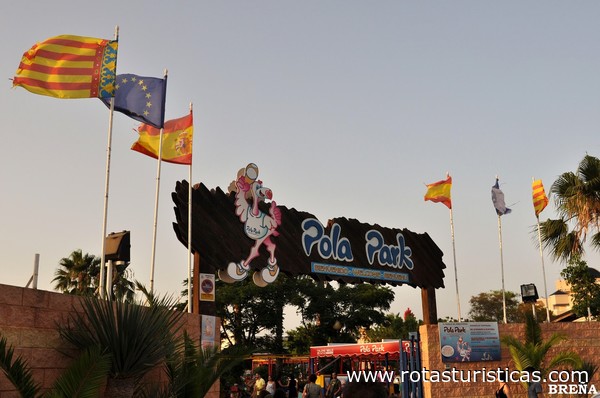 |
Isola di Tabarca (Alicante) |
| 8,4 Km |
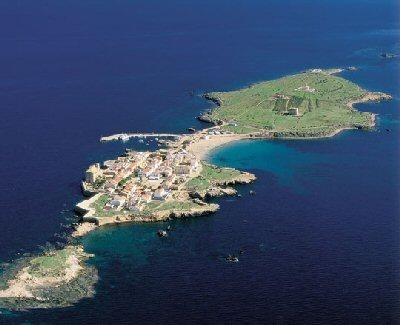 |
Porto di Alicante |
| 16,1 Km |
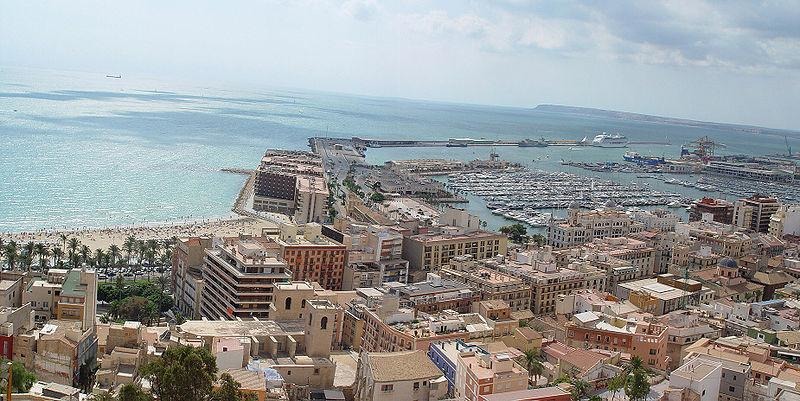 |
Lonja del Pescado |
| 16,4 Km |
 |
Alicante |
| 17,1 Km |
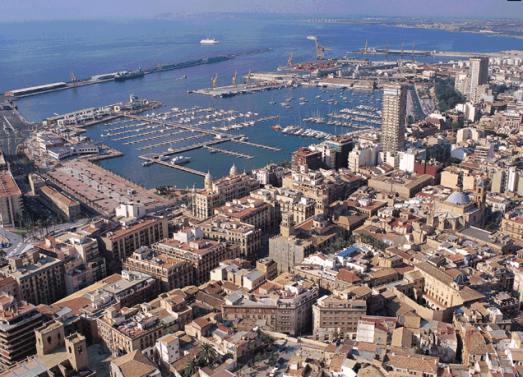 |
Alicante |
| 17,2 Km |
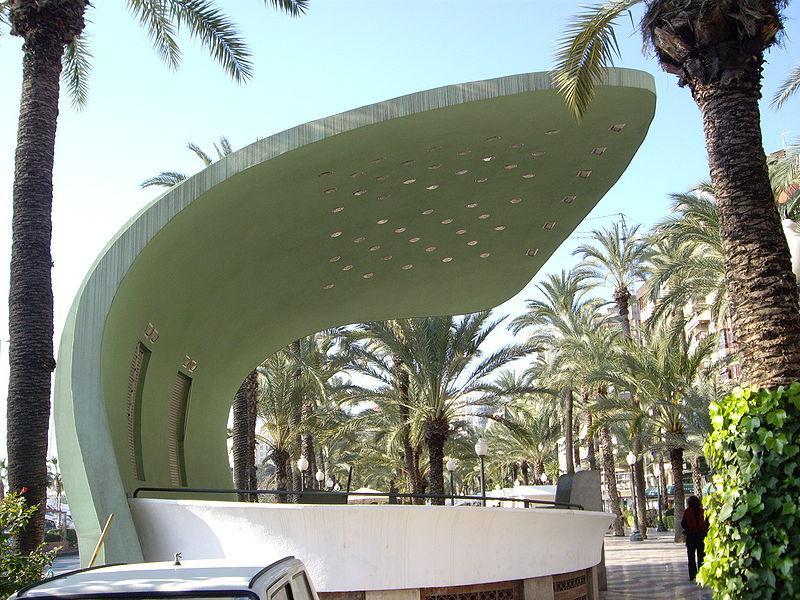 |
Consiglio comunale di Alicante |
| 17,3 Km |
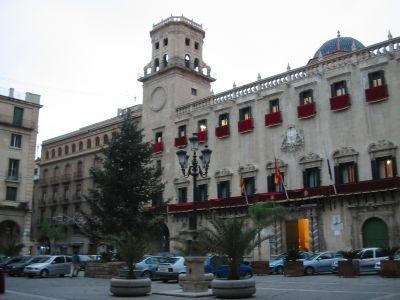 |
Gravina Museum of Fine Arts |
| 17,4 Km |
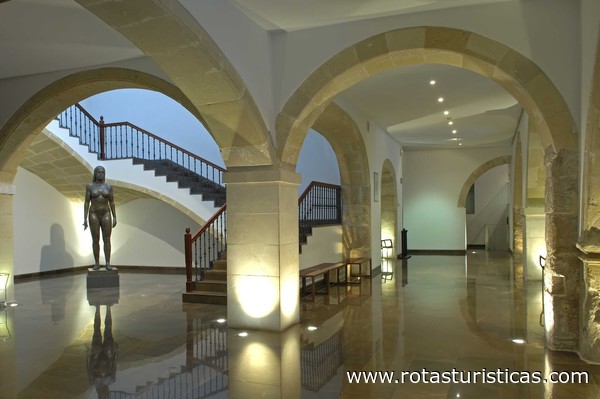 |
Basilica di Santa Maria (Alicante) |
| 17,4 Km |
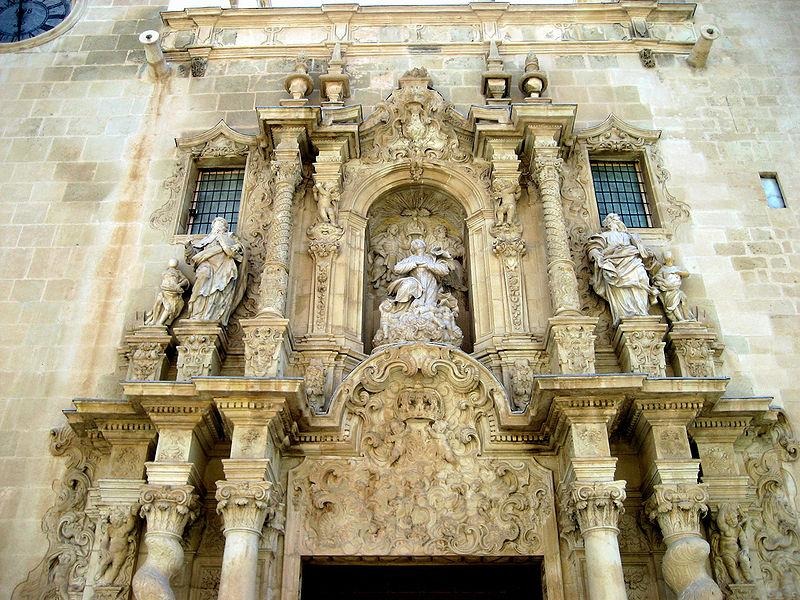 |
Castello di Santa Bárbara |
| 17,8 Km |
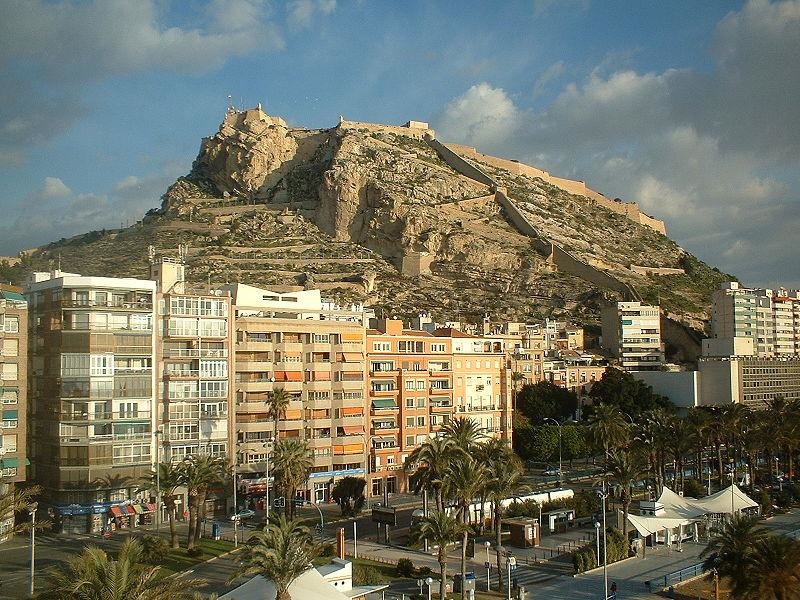 |
Archaeological Museum of Alicante |
| 18,3 Km |
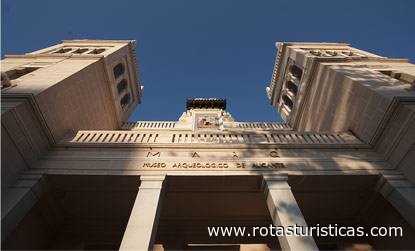 |
Hotel reservation near Santapola within a radius of 20 km
Why to book with ROTTA TURISTICA
The best prices
Our partnerships with the world´s largest operators offer research on the best market prices.
More options
At Rotas Turisticos you can book the hotel, buy the air ticket, book the transfer from the airport to the hotel and vice versa, book the local excursions, rent the car, take travel insurance and consult the places to visit and where to go.
Holiday Tips & Destinations
Hundreds of holiday destinations with all the options that allow you to easily choose the destination that best suits your dream vacation.
ROTTA TURISTICA
Links


